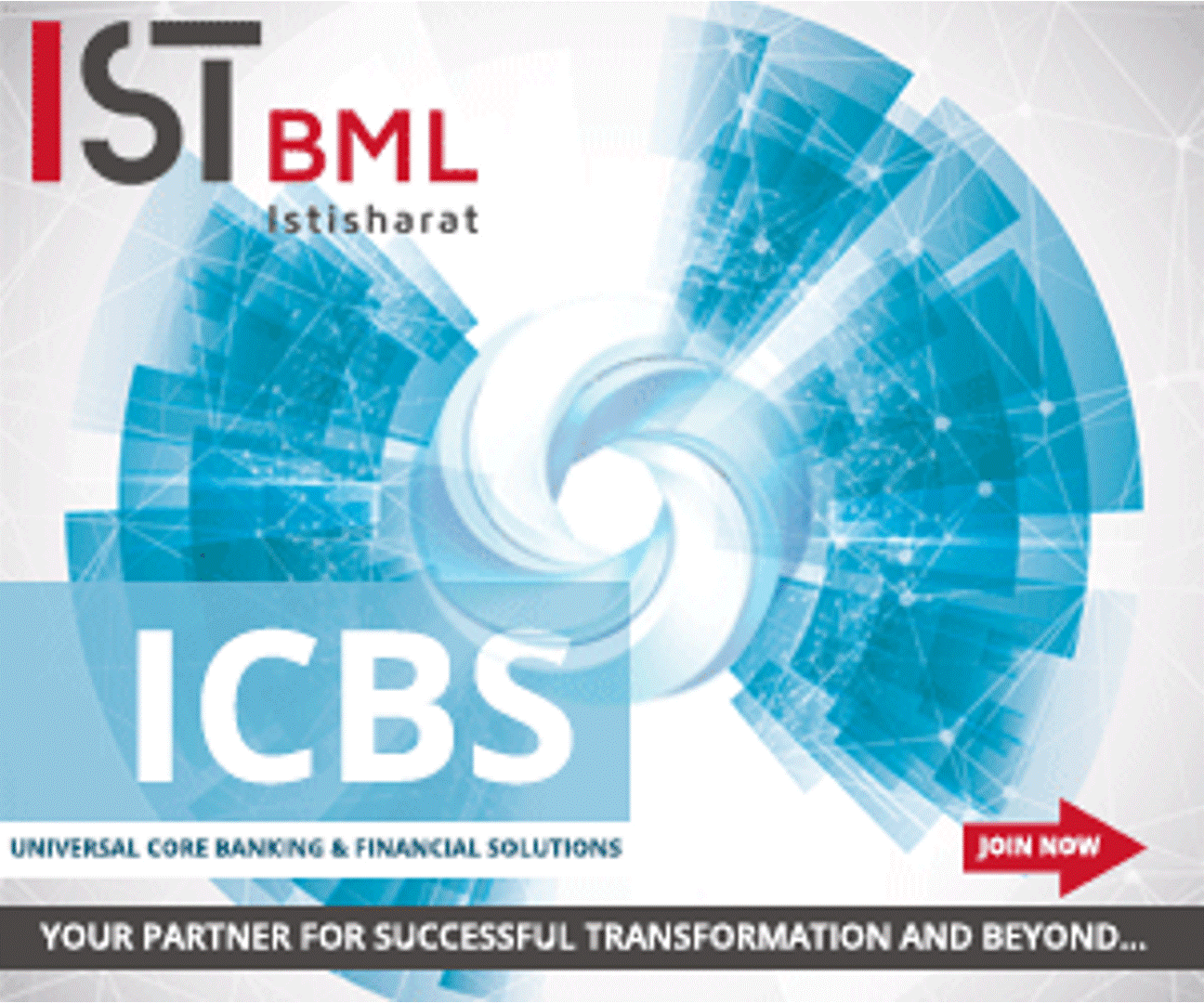 Back
Back
Preventing digital banking fraud: Interview with Kaushal Sampat, Co-Founder, Rubix Data Sciences
By Leandra Monteiro

Rubix Data Sciences Pvt Ltd is a technology and analytics-based B2B Risk Management and Monitoring platform. Rubix Data Sciences helps businesses to take prudent credit risks, build a robust supply chain and monitor compliance for your business partners in India and around the world. The company’s Co-Founder, Kaushal Sampat is a veteran of the information services industry.
In conversation with Sampat, IBS Intelligence learns more about the importance of risk management, especially since majority businesses have gone more digital because of the pandemic.
Has Managing Transaction Risk after the Covid – 19 Pandemic become more important for banks?
COVID-19 has created a tricky situation for banks. While the demand for small loans, both retail and business loans has risen due to loss of livelihood and payment delays for businesses as the recovery rate has fallen. Delinquencies have risen, resulting in lower credit scores for borrowers. This has increased the risk of NPAs. Therefore, banks have to be more cautious about which sectors they lend to. They also now need to assess the extent to which the business seeking loans has required government support, and how strong is the demand for its goods or services. Hence, banks are required to exercise greater due diligence in credit assessment and monitoring. I would like to emphasize the importance of credit monitoring. A business that was strong before the pandemic may today be in terrible shape. At the same time, digital businesses have boomed during COVID creating opportunities for lenders.
On the other hand, cyber frauds are also on the rise. With everyone forced to transact online, there are numerous fraudsters trying new ways to commit digital fraud. With a lot of KYC now moving fully online, there has been an increase in identity theft, spoofing and the like. To protect themselves, banks are leveraging technologies like never before. Whether it is artificial intelligence, machine learning, or blockchain solutions, banks are experimenting aggressively in order to detect and prevent such crimes
Continuous Risk management is essential to address these issues to keep the financial system stable and ensure that the trust of customers is unbroken.
What challenges do you observe for risk management in banks?
I find it fascinating to observe the level of sophistication that fraudsters and hackers have displayed. It almost seems that no system is sacrosanct, including systems of some of the most powerful financial institutions, governments and intelligence agencies.
While there are innumerable tools available, Risk Management comes down to 4 key areas: Data, Analytics, Technology and People.
Data: Is all the data required for risk management from different parts of the bank available on a real time basis to guard against fraud? Have all silos been destroyed to ensure that this data moves to a central place from where it can be accessed? Does the bank have any Master Data Management system to ensure that the data is in good shape? Is the bank leveraging all the public and private sources of data that give it a more comprehensive view of the customer and the risk it poses? The Risk Management plan needs to be a comprehensive one, not confined to departments.
Analytics: Is the bank leveraging all the predictive analytics tools at its disposal to identify potential fraud? Unfortunately, too often we come across institutions that have spent lots of money on analytics software, but all the components of these systems are not effectively deployed.
Technology: Does the bank have best in class technology and technology tools for cyber security and risk management? Digital transformation is no longer an option but is imperative. This requires a relook at systems, processes, controls, people and ensuring that all of them are upgraded to keep up with the technologies being deployed. As we know, fraudsters are highly sophisticated and technologically proficient, banks need to stay a step ahead!
People: Banks have to bring in Risk Management and Cyber Security professionals who are at the cutting edge of technology. While the experience of senior bankers is critical, when combined with the technology skills of younger professionals, a bank can create robust Risk Management. Helping employees constantly upgrade their skills through certification is very important. While the core principles of Risk Management may be unchanged, the practitioners and the processes have to keep up with the times.
Finally, the nature of the business landscape in India ensures that credit risk remains high. It is imperative that Risk Management is a key focus area for banks.
Do you have any solutions to help banks prevent digital fraud?
Most digital frauds happen when fraudsters get hold of sensitive information. This could either be through leaks from the bank or the customer unwittingly sharing such information. Therefore, while strengthening their cybersecurity systems, banks need to continuously engage with the customers and educate them about lurking threats and safe practices. During digital transactions, banks need to put in place systems that will ensure the device used is validated, the identity of the person doing the transaction is verified, and that they know who their customers are. Screening and auditing of employees is also required to prevent leaks that compromise customer data.
Perhaps banks can collectively put together a database of impersonation scams that could help law enforcement take swifter and stricter action against repeat perpetrators.
At Rubix, our focus is to help banks in the KYC and Credit Risk Assessment process. Our proprietary Rubix ARMS platform leverages data, analytics and technology to provide risk scores on businesses in India and overseas. The more details you have about a counterparty and its risk, the more aware you are in taking credit risk decisions. Our credit scoring models, credit limit setting models, monitoring tools and Early Warning Signals system are very powerful tools that banks leverage to reduce information asymmetry and risk.
ALSO READ: Risk Management Systems and Suppliers Report 2021
IBSi FinTech Journal

- Most trusted FinTech journal since 1991
- Digital monthly issue
- 60+ pages of research, analysis, interviews, opinions, and rankings
- Global coverage
Other Related News
Related Reports

Sales League Table Report 2025
Know More
Global Digital Banking Vendor & Landscape Report Q2 2025
Know More
NextGen WealthTech: The Trends To Shape The Future Q4 2023
Know More
Intelligent Document Processing in Financial Services Q2 2025
Know More


